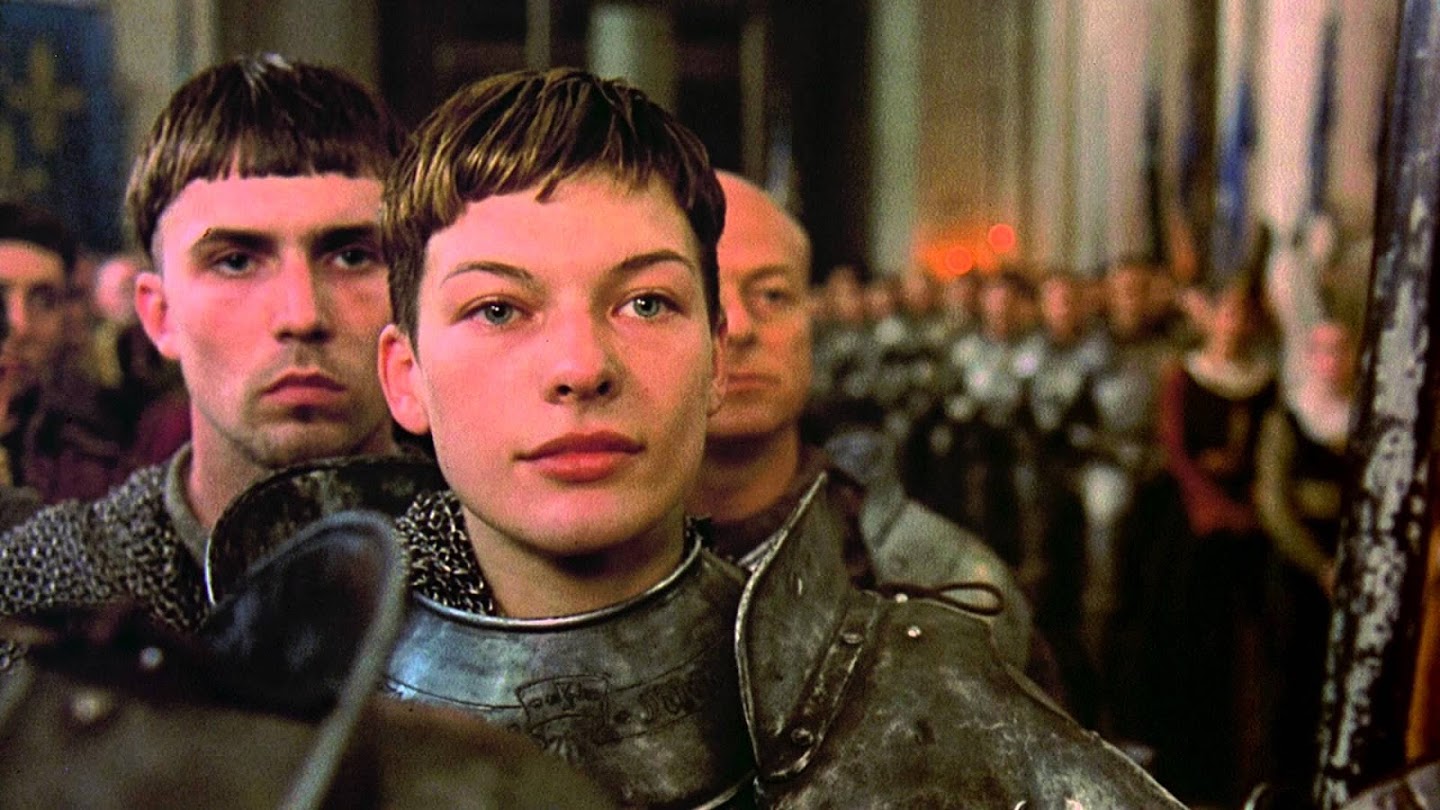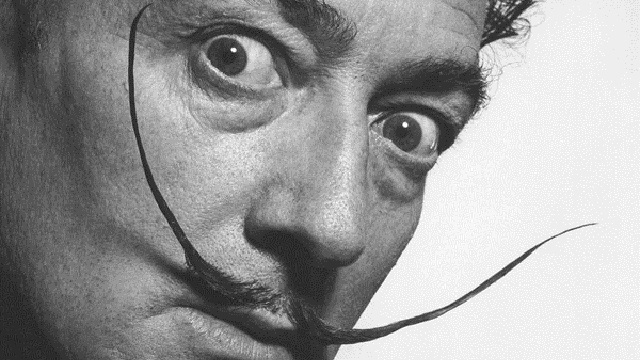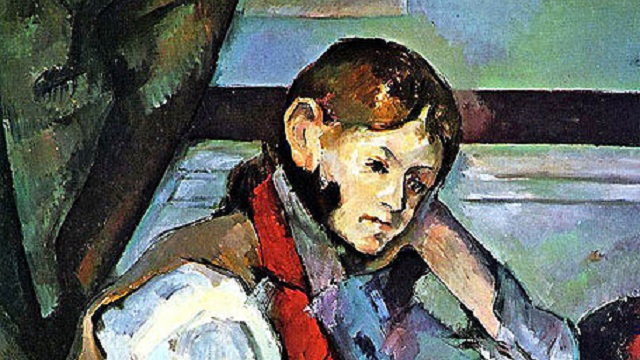Is Parasitism the Future of Feminist Art?

Feminist art has always dealt with a fundamental problem—male art. Frida had her Diego, Krasner had her Pollock, and on and on. What exactly is the best relationship between art of the two sexes? In a recent set of papers on Art and Education, Anna Watkins Fisher suggests that the future of feminist art might be as a parasite, unashamedly feeding on male art as a source for its own art. Holding the work of artist Roisin Byrne as a prime example, Fisher examines in “We Are Parasites: On the Politics of Imposition” how emulating the actions of a parasite in nature might be the best way for feminist art to find fresh territory. As unappealing as it may sound, is parasitism the future of feminist art?
In some dense academic-speak, Fisher lauds Byrne’s approach for “challenge[ing] artistic and feminist economies with its compelling manipulation of normative approaches to the production of value and representational political etiquette.” In other words, Byrne refuses to play by the rules (especially “Thou shalt not steal”) in order to break out of the shell that the male-dominated aesthetic discourse has built around her and all women. “[B]oth contemporary feminism and contemporary feminist art… that have become bogged down by accusations of cultural cliché and creative stagnation,” Fisher argues. “What might be possible for a notion of feminism unbounded by vague and idealistic objectives such as autonomy, dignity, and independence?” Fisher asks instead, questioning the rules of the game just as Byrne does in her art.
Roisin Byrne is a fascinating case, with “fascinating” encompassing every reaction ranging from conceptually unique to total fraud. Few figures in contemporary art divide critics as clearly as Byrne. Her modus operandi goes a little like this: Roisin finds a work done by someone else and appropriates it as her own, with no acknowledgement of the original creator. In You Don’t Bring Me Flowers Anymore,Roisin appropriated a work by Turner Prize winner Simon Starling after contacting his dealers and even getting the artist himself to unwittingly assist in the theft. In Diamonds Are Forever (shown above), Byrne stole diamonds from London shops over the course of several months by ingesting them and “recovering” them in fairly good shape thanks to a strict diet of strong coffee. Fisher found herself playing “host” to the parasite Byrne when the artist discovered Fisher was writing about her and stole chunks of Fisher’s dissertation without attribution for her artist’s statement.
While most discussions of Byrne focus on the ethics of her thievery, Fisher bypasses ethics and gets at the issue of effectiveness. In Fisher’s eyes, Byrne’s target isn’t diamonds or artwork but “the very cultural and commercial capital possessed by the male artists that she targets.” In “[r]eading Byrne’s practice as parasitic, as a self-conscious feminist performance of parasitism,” Fisher “opens up a number of important questions: on what moralistic, taste-based, or otherwise normative valuative terms has women’s drive to acquire cultural and commercial capital—awards, renown, influence, financial success—been characterized historically as a parasitic imposition deemed unacceptable?” In other words, isn’t Byrne doing exactly what every other artist—male and female—in history has done, except she’s more honest about it? When we condemn Byrne’s theft are we condemning her for being a thief or for being a thieving female?
As T.S. Eliot famously wrote, “Immature poets borrow; mature poets steal.” The same dynamic happens in all the arts. When Marcel Duchamp painted a mustache and goatee on the the Mona Lisa and titled it L.H.O.O.Q., he boldly created a whole new conceptual worldview. When Byrne performs her conceptual art of the steal, she becomes “the artist who steals for a living” and “the theft artist” in what sound, at least to me, as dismissive at worst and noncommittal at best features. Of course, plenty of artists between Duchamp and Byrne have examined the dynamics of taking, but Byrne’s physical acts of stealing as well as her gender set her apart. Whereas others break the laws of art, Byrne breaks the laws of art and society. “Who does she think she is?,” we think. Fisher’s article changes the question to “Who do we think she is?” Backed into a corner, feminism and feminist artists no longer have the luxury of playing by the rules. Just like tiny countries facing behemoths, girls need to go guerrilla. If your mind flits first to Vietnam versus America, think instead America versus England, circa 1776. All is fair in art and war, including stealing, especially parasitical feeding upon the stronger host.
Fisher raises an interesting point, clarifying issues that Byrne herself may have felt more than she intellectually articulated, at least until Fisher came along to provide the words. As a lone outlaw, Byrne operates on the edge of the contemporary art world. If feminism took to parasitism on a larger scale—an army of bloodsuckers—would it still be effective, or would it collapse under the social condemnation? At the very least, Fisher boldly tries to make “parasite” a good thing, and sounds a call for feminist art to take a new tact, even if it means breaking the law.
[Image: Roisin Byrne. Diamonds Are Forever.]





